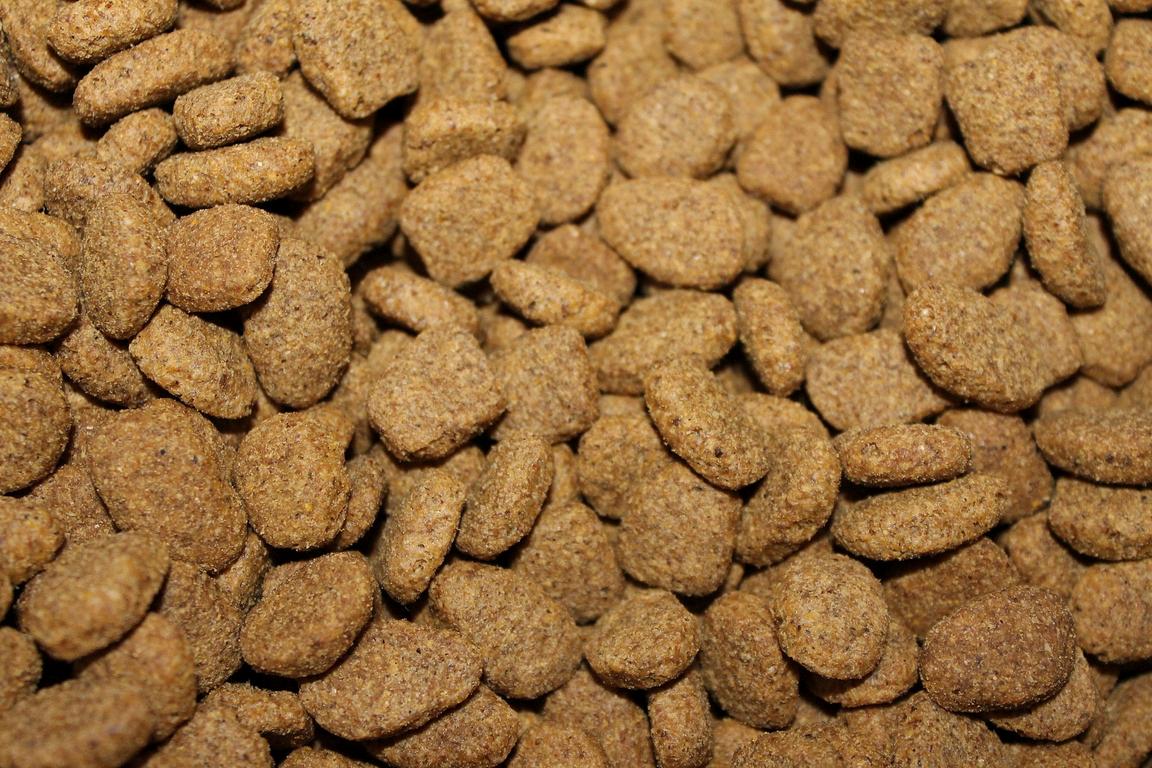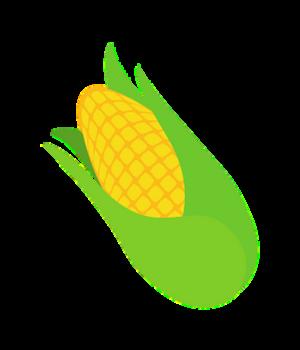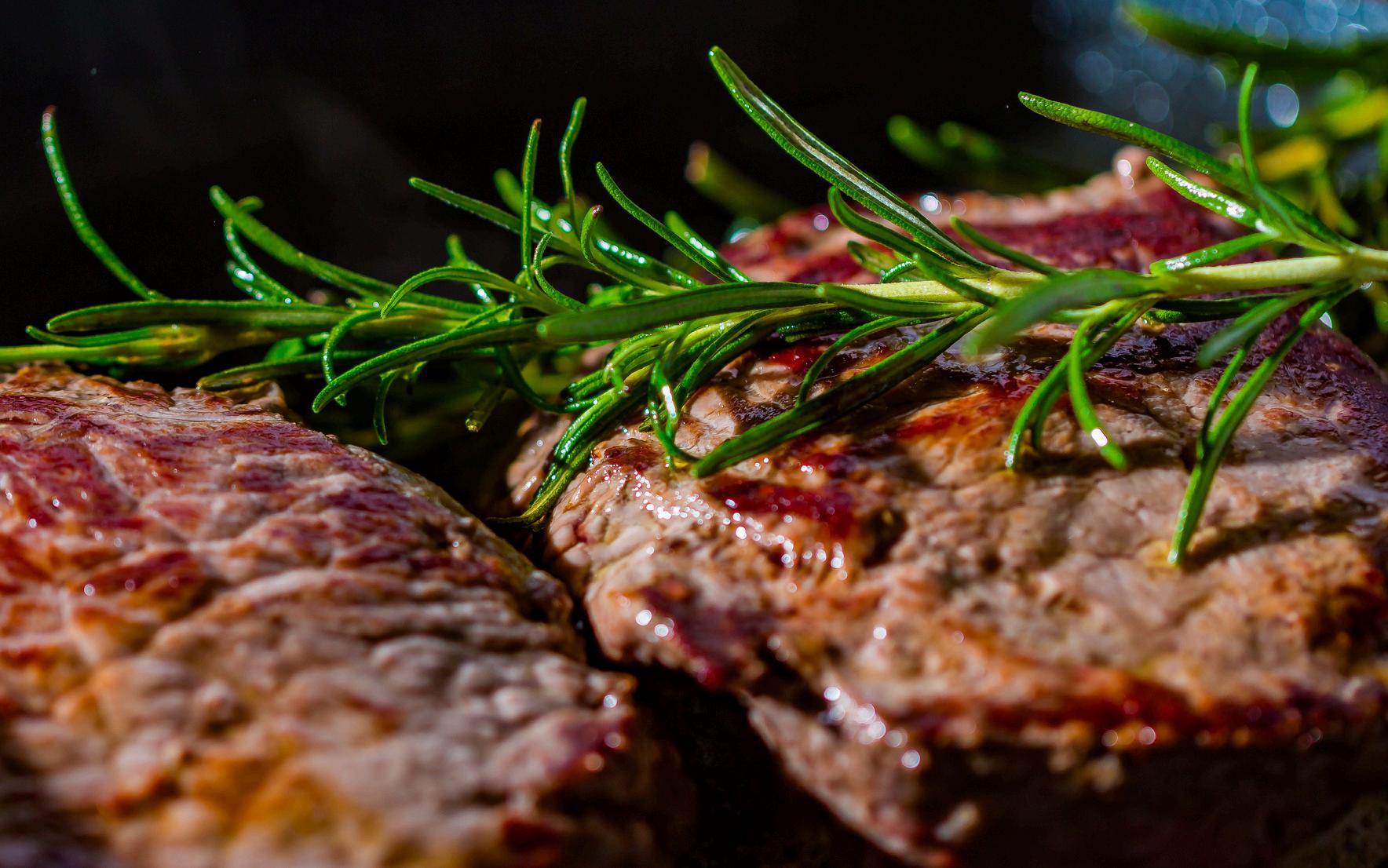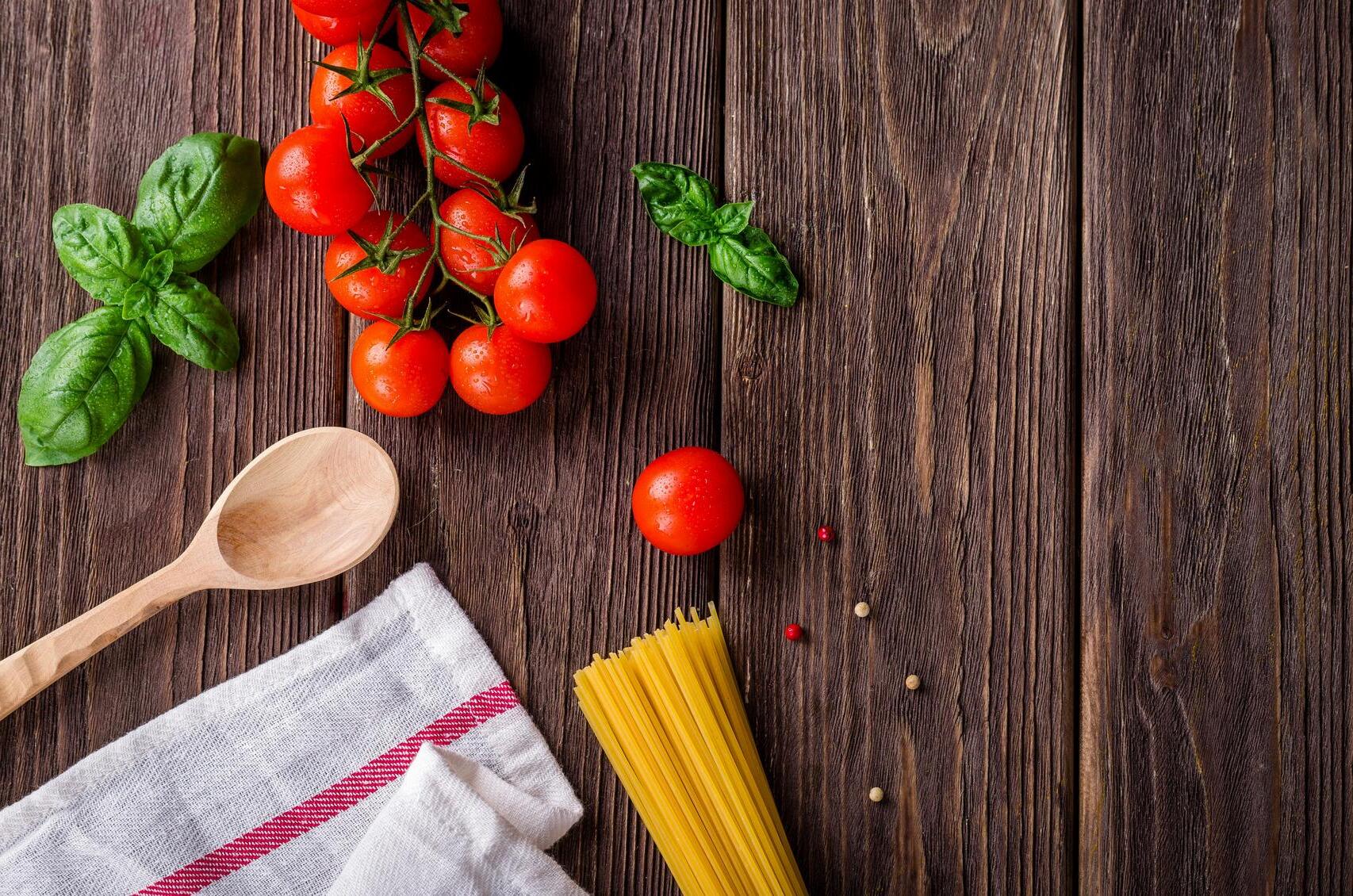







What is Best for Your
And... What is Best for You?
Picking out the right food for your dog can be stressful. If you ’ re anything like me, than you wan tthe very best for your dog! My dog is a member of my family. And I think it’s important for everyone in my family to eat a healthy, balanced diet.
Do you want to feel confident in the food you are feeding your pup? If you nodded yes, then you ' re in the right place! You want your dog’s diet to be both yummy and delicious. But with endless diet options, how do you know which is best? I am here to help you. This guide is divided it into three easy diet options. So you can pick the best one for your dog and your lifestyle!
Dry kibble or dry dog food is the most well-known and sometimes the most economical type of diet. Dry food may be a great choice, especially if you are busy and want to feed your dog without breaking the bank.
So what is kibble anyways?
Do you know what’s in your dog's kibble? The main ingredients vary, and it depends on the brand Most contain a protein source such as chicken, beef, salmon, or lamb. They may also contain fruits and vegetables like apples, blueberries, carrots or sweet potatoes. Sometimes they also contain grains, which are a bit of a controversial ingredient
Many brands also fortify their kibble with essential vitamins and minerals. Did you know that proper nutrition is really important to help keep your dog healthy? Read why in the "Pros" below!
Dry food is a convenient option that can save you time and money! It also has other added benefits for your dog. Let’s cover the benefits first. Then we will talk about some things to steer clear of.
1.


A balanced diet includes more than protein, Your dog’s food should have high-quality protein plus vitamins and minerals Just like us, dogs need a variety of vitamins and minerals to stay healthy The right combination of nutrients can promote higher energy levels, boost immune system function, reduce inflammation, or even delay aging. 1

Do you ever wonder whether you are feeding your dog the right amount of food? Well, that is one of the things that kibble is great for! Dry food brands usually have a portion guide on their product bags. These guides give you a measurement based on your dog's weight. Be mindful that these portions can vary depending on your dog's activity level. If you ’ re still concerned about your furry friend's portions, it is best to speak with your veterinarian!
1
Tupler, Tiffany “Dog Nutrition: Guide to Dog Food Nutrients ” PetMD, www.petmd.com/dog/nutrition/evr dg whats in a balanced dog food.


Did you know that your pup is actually cleaning his teeth by eating kibble? Chewing the hard pieces may help to break down plaque It also prevents the early onset of periodontal disease and gingivitis 2

Most dry food comes in large paper or plastic bags that can have enough servings to last for up to a month (depending on the size of your pup). When compared to wet food, which usually comes in single-serving cans, dry food is a great less waste alternative.
5. Use for Training

Is your dog highly motivated by food? If so, you can use some of their kibble as training treats This is also a great option if your pup loves to eat their food very quickly You can slow down their eating by practicing basic training like sit, stay, and come!
Dry dog food can be a very convenient option, especially if your dog loves to eat it! But there are some things you should consider before going with a 100% dry food diet. Here are some of the negative aspects that come along with kibble.

Did you know that your dry dog food contains all sorts of meals? You may be wondering what is meal exactly? That's a great question! Meals can be made from both animals or plants and it provides a source of protein for your dog. Plant meals are fairly straightforward. These will be listed as things like cornmeal or wheat gluten meal.3 Animal meat meal is a little more complicated. In fact, many people find it to be a controversial ingredient because the quality and protein source can vary widely
Let's take a look at the different types of animal meat meals Species-specific meals like turkey, chicken, beef, lamb, etc... can be a great source of protein and essential amino acids! By-product meals are a different story and where it gets a little tricky. The source of the protein can come from a variety of things, such as slaughterhouse animals deemed unfit for human consumption and diseased or injured animals from other parts of the animal food industry (eg: hen houses). These by-product protein sources like liver, spleen, bones, neck, feet, and more are labeled as 'inedible' for humans and are then placed in the supply chain for things like your dog food.3
2 Ollie. “Fresh vs Raw Dog Food vs Kibble: Which Diet Is Best For Your Dog?” American Kennel Club, American Kennel Club, 12 Dec 2020, www akc org/expert-advice/nutrition/feed-my-dog-fresh-raw-food-or-dog-kibble/ 3 Case, Linda “Evaluating the ‘Meal’ and Animal By-Products in Pet Food ” The Bark, 2 Nov 2020, thebark com/content/evaluating-meal-and-animal-products-pet-food
3
The by-product sources are also not required to be refrigerated before use. So, to sterilize the ingredients, they must be rendered. This is a process of grinding and cooking the ingredients at a high temperature (220° to 270°F) to kill any unwanted bacteria The fat is removed from the mixture and then it is ready to be used for your dog's dry kibble. The byproduct may be a high-protein ingredient. But you should consider the protein source and quality before purchasing your dog's kibble

Have you ever wondered why kibble tends to be the cheapest type of diet? Many companies bulk up recipes by adding in cheaper filler ingredients. These fillers can have benefits for your dog, but only in moderation You want to check that they are listed very low on the ingredients list Things like corn, soy, wheat, or other grains, may irritate your dog's stomach Your pup could also develop dry or itchy skin due to allergies to these fillers.

Do you know why kibble can stay in your pantry for weeks on end? It's because most brands contain preservatives and very low amounts of moisture.4 This might make feeding your pup easy and convenient, but it is not always the best for her health. Dry food can cause dry or itchy skin. Your dog can also have reactions to unfamiliar preservatives.

Here are 6 six preservatives that may be toxic to your dog if consumed regularly: Ethoxyquin, Butylated hydroxyanisole (BHA), Butylated hydroxytoluene (BHT), Propylene glycol, tertiary butylhydroquinone (TBHQ), and Propyl gallate 5
Do you think dry food might be the best option for you are your pup? Then here are some key things to look for before buying!
Ingredient lists and nutritional facts for kibble can be very confusing if you don’t know what to look for. When looking at the ingredients list, the first one will be the most abundant in the kibble, and the amount will continue to decrease as you go down the list So it is best if a protein source is listed as the first one, preferably a meat protein! According to Merck and the Merck Veterinary Manual the nutrient requirements for dogs fall between these percentages:
Vitamins to look for:
Minerals to look for:
Protein (%): 35-40
Fat (%): 30-35
Vitamin A, Vitamin D, Vitamin E, Thiamine, Riboflavin, Pantothenic acid, Niacin, Pyridoxine, Folic acid, Vitamin B12, Choline6
Calcium, Phosphorus, Potassium, Sodium, Chloride, Magnesium, Iron, Copper, Manganese, Zinc, Iodine, Selenium 6
Case, Linda. “Evaluating the ‘Meal’ and Animal By-Products in Pet Food.” The Bark, 2 Nov. 2020, thebark com/content/evaluating-meal-and-animal-products-pet-food
4 Nelson, Jennifer “Pros And Cons Of Different Types Of Dog Food ” IHeartDogs com, 10 Feb 2021, iheartdogs com/pros-and-consof-different-types-of-dog-food/
5 Mahaney, Patrick “Pet Food: The Good, the Bad, and the Healthy ” Pet Food: The Good, the Bad, and the Healthy | PetSafe®, www petsafe net/learn/pet-food-the-good-the-bad-and-the-healthy
Fresh-cooked food is another great option for your pup that can also provide numerous health benefits! When looking into fresh food for your dog's diet, you have the option to either cook it yourself or purchase it from your local pet store (which can be more convenient but also more expensive).
So What is a Fresh-Cooked Diet Anyways?
A fresh-cooked diet is one made with natural whole foods that you and I could eat! You can prepare these meals at home, or consider purchasing premade meals that can be stored in your freezer. Take a look at some common ingredients used in this vet-approved recipe. Give this one a try if you are considering a freshcooked diet for your dog, your pup might just love it!
1 lb of chicken, beef, turkey (or other animal protein source)
5 cups brown rice (or sub for mashed sweet potatoes or pumpkin)
4 cups veggies (carrots, broccoli, spinach, green beans)
3 tbsp coconut oil or olive oil

1 serving of a daily multivitamin
There are multiple ways you can prepare your pup ' s homemade fresh food. One of the easiest ways is to put everything in a pressure cooker and set it to the appropriate setting (poultry, beef, stew, etc...)
Another option is to cook each ingredient separately and then combine when done For example:
1. Heat coconut oil in pan
2. Cut chicken and fry in pan
3. Boil rice and veggies
4.Combine cooked ingredients & add multivitamin
6 Sanderson, Sherry. “Nutritional Requirements and Related Diseases of Small Animals - Management and Nutrition.” Merck Veterinary Manual, Merck Veterinary Manual, 2013, www.merckvetmanual.com/management-and-nutrition/nutrition-smallanimals/nutritional-requirements-and-related-diseases-of-small-animals?redirectid=26


Cooking or buying a fresh, whole food diet can provide your pup with numerous benefits! Here are just 4 benefits that come along with a fresh diet:

Unlike dry kibble, the ingredients that are in homecooked or store-bought meals are full of fresh and unprocessed nutrients! Your dog is able to better utilize the nutrients in its natural state when compared to highly processed kibble products,

The abundance of vitamins and minerals that are found in fresh vegetables and meat help to boost and maintain their immune system performance. Ingrideints like pumpkin, plain yogurt, and fish oil are tasty for you pup 8 but also help to boost their immune system!

A study conducted at Purdue University found that simply adding fresh vegetables to your pup ' s dry kibble or diet in general, helps to prevent and reduce the growth of cancer cells in dogs by 70-90%. 7


Cooking for your dog can be a very time-consuming and laborious task, but it also allows you to spend more time with your dog! While you cook you can show your pup what you are doing and get them interested in the process. Use the time to create a fun bonding experience!

7 Reghavan, Malathi, and Bonnet Marcia. “Evaluation of the Effect of Dietary Vegetable Consumption on Reducing Risk of Transitional Cell Carcinoma of the Urinary Bladder in Scottish Terriers ” Evaluation of the Effect of Dietary Vegetable Consumption on Reducing Risk of Transitional Cell Carcinoma of the Urinary Bladder in Scottish Terriers | Journal of the American Veterinary Medical Association | Vol 227 , No 1, avmajournals.avma.org/doi/abs/10.2460/javma.2005.227.94. 8 iHeartdogs. “12 Things To Sneak Into Your Dog's Food To Boost Their Health.” IHeartDogs.com, 25 Nov. 2020, iheartdogs com/12-things-you-can-sneak-into-your-dogs-food-to-boost-their-health/



Does a fresh-cooked diet sound like the best fit for you and your pup? It definitely can be, but here are some things to consider before changing your pup ' s diet!

If you are thinking of becoming your pup ' s new inhouse chef, just know, it is going to take up a lot of your time! Along with the actual cooking, you should take the time to consult with your vet and or research the perfect recipe for your dog's needs and wants.

Creating a well-balanced fresh diet for your pup doesn't always have to be expensive, but usually, it is. The prices can also add up if you decide to hang up the apron and purchase premade food from a specialty company.
Although fresh meats and vegetables do offer plenty of nutrients, it is usually hard to make sure you hit all of the bases for what your dog truly needs! Most kibble brands fortify their products with the essential vitamins and minerals and have run countless tests to ensure they provide what your dog needs. It is best to speak with your local veterinarian to formulate the perfect recipe for your dog so they don't develop any deficiencies!

Your average kibble contains preservatives to help keep it fresh for months The meals you cook or purchase will likely not contain as many or any preservatives, making their shelf-life very short Freezing these meals can extend their life by a couple of days or weeks depending on the recipe or company product.
The 3rd diet option is Fresh-Raw. This type of food is exactly what it sounds like, raw meat! This can seem intimidating or gross at first, but it can be a great, nutritious, and fun option for your dog! Your dog will probably be licking his chops all day with this diet!
So What is a Raw Diet Anyways?
A raw diet is fairly similar to a fresh diet, except the meat is not cooked before it is given to your pup! You can make this at home or purchase it in multiple forms (frozen, freeze-dried, or dehydrated). On top of the normal protein sources like chicken or beef, raw diets usually also contain organ meats, ground bones, and raw eggs. Fresh veggies and fruits are added to supplement your pup ' s nutrient intake A standard ratio you can follow for recipes is 80% meat (with fat), 10% organs, 5% vegetables/fruits, 5% supplements.
Here is a recipe you can try out if you are interested in giving your dog raw meals!
2 1/2 pounds ground beef
4 ounces chicken liver
1 carrot (chopped or pureed)
1 small apple (cored)
1/2 cup spinach
2 eggs
1 tbsp olive oil or coconut oil
1 tbsp ground flaxseed

Making a raw meal is super simple and easy! For this recipe, you can just steam the veggies and then combine all of the ingredients in a food processor. Then form patties, if you wish to store them in individual serving sizes.

1 serving of added supplements (eg: fish oil, grounded bones, daily multivitamin)
If you freeze the raw food, make sure to let it defrost in the refrigerator overnight before serving to your dog!


Do you feel that a fresh-raw diet is the best option for you and your dog? It very well could be! Here are some awesome benefits that raw dog food enthusiasts claim to happen after switching to a raw diet.

The state of your dog's skin and coat is a result of your pup ' s overall health! So it is no surprise your dog will likelyhave a silky and shiny coat while on a Fresh-Raw diet The high-fat content in a raw diet helps to increase your dog's shine on their coat! It can also help to decrease dandruff and dry or itchy skin. 9

We mentioned early that kibble can contain yucky fillers like wheat and corn meal that may cause your dog to have allergic reactions! If you adopt a raw diet you can likely say goodbye to that problem! With this diet, you control exactly what goes into your dog's food and ensure they aren't exposed to any allergens.

Have you ever noticed that your dog has higher energy levels right after they eat and then all of a sudden they crash? This is very common if your dog is currently eating a kibble diet This surge and drop in energy are likely from having a spike in blood sugar due to the high carbohydrate levels in many kibbles The raw meat and added veggies and fruits will give your dog a more stable flow of energy and keep you from feeling too overwhelmed by the energy shifts.
9 Cobbe, Josh “4 Benefits of a Raw Food Diet for Dogs ” Petdogplanet, 31 Mar 2021, www petdogplanet com/benefitsof-a-raw-food-diet-for-dogs/
10 Haynes, Melanie “5 Benefits and Risks of a Raw Dog Food Diet ” Space Coast Pet Services, 15 Dec 2019, www spacecoastpetservices com/2019/12/12/benefits-risks-raw-dog-food-diet/
Although a raw diet has many benefits there are a few concerns you should look into before running to your butcher! Here are the top risks that are associated with a raw diet.

Unlike the fresh cooked and kibble diet, a raw diet will 11 have more risk of bacteria contamination. Since you do not cook the meat before you give it to your dog, it is best to find high-quality and fresh protein sources. This will lessen the risk of your dog getting sick from bacteria-ridden meat.

Unless you have a brother for a butcher, it is likely going to be more expensive to purchase raw meat for your dog! Since you want to get high-quality meat like grass-fed beef or wild salmon (steer away from farmed salmon it may contain large amounts of antibiotics that can be horrible for your dog to consume!) the price point will be on the high-end depending on the location you live in.


Just like a fresh-cooked diet, meats and vegetables offer plenty of nutrients, but it is difficult to make sure you include everything your dog needs without the addition of supplements! You can purchase products to fill these nutritional gaps like a multivitamin, fish oil, crushed bone, or bone broth It is best to speak with your local vet to make sure your recipe covers all of your dog's health needs!
Choke Hazard
Adding things like big or small bones to your dog's diet can be super fun and tasty for them, but it can also be dangerous! If your furry friend is a puppy or maybe has just never chewed on bones before there is the potential danger of choking on them It is best to supervise your dog if you are giving them a bone or new food they have never tried before!
11
Fitbark “Raw Dog Food Pros and Cons ” FitBark, 4 Mar 2019, www fitbark com/blog/raw-dog-food-pros-and-cons/



You are practically a dog food expert by this point! Now that you know the ins and outsofallthedietoptionsyour doghas,whatshouldyoudo?Well,thatpartis easy!Takeamomenttothinkaboutyouandyour pup'slifestyle,your health concernsfor them,andwhatyoubelievewillmakethemmosthappy!
Don't forget, these diets are not an all-in-or-nothing kind of deal! You can combinetwoofthemor allofthemtobestfityouandyour furrybuddy'sneeds andwants.Cherry-pickthepartsyoulikethemostandtailor ittoyour dog, becauseyour pupistrulyoneofakind!






If you have any questions or concerns please contact us at info@1minutedog.com